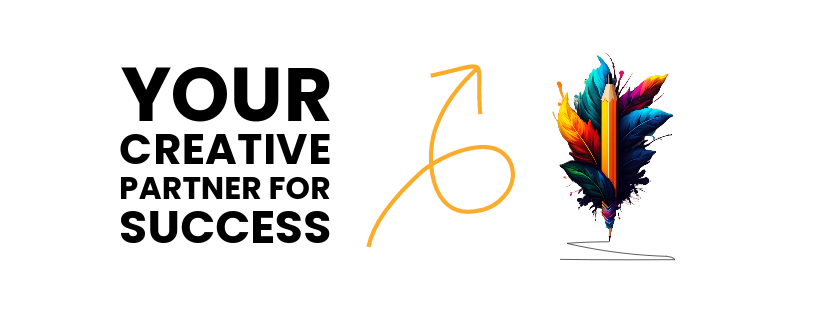Humor, the universal language that breaks down barriers, instantly connects us, and leaves us feeling warm and fuzzy. So, why wouldn’t you want to leverage the benefits of your branding strategy? Humor in branding, when done correctly, can have a significant impact on brand recall, engagement, and loyalty. But, before you unlock your inner comedian, let’s talk about the “when” and “how” of successfully including it into your brand identity.
When and how can you use humor in branding effectively?
Humor isn’t something that works for everyone. It’s important to understand when it improves your brand and when it doesn’t. What is funny to one demographic or culture may not be funny to another. As a result, brands must carefully adapt it to relate to the interests and sensibilities of those they are targeting. Performing detailed market research and audience analysis can provide valuable insights into the type of humour that is most acceptable to the people you want to reach.

Not every brand is competent at using humour. Before you dive in, think about these important factors:
- Brand personality: Is your brand playful and lighthearted, or serious and sophisticated? To avoid confusion, your humour should be consistent with your overall brand identity.
- Who is your target audience? Understanding their sense of humour and cultural sensitivity is critical for avoiding offensive or misinterpreted jokes.
- Campaign Goals: What do you wish to achieve? Humour can be used to raise brand awareness, foster trust, and boost sales. Make sure it is in line with your specific goals.
How to include humor in your branding strategy
Before incorporating humor into your branding strategy, you must first understand your target audience’s tastes, values, and sense of humor. Surveys, focus groups, and social listening can help you learn what your audience likes and adapt it to them.
Stay Authentic
Authenticity is a must when using humor in branding. People can quickly detect insincerity, so make sure your humor is consistent with your brand’s values, voice, and personality. Authenticity builds trust and encourages real relationships with your audience.
Balance risks and rewards
While humor can be an effective branding tool, it also carries certain risks. What some people find funny may be offensive or off-putting to others. As a result, it is critical to find the right balance and tread carefully when pushing the limits. Perform thorough testing and request feedback to reduce potential risks.

Be consistent
Consistency is necessary for creating a strong and recognizable brand identity. Once you’ve established your brand’s funny tone and style, try to keep it consistent across all interactions, from social media posts to advertising campaigns. Consistency improves brand recognition and consumer perceptions over time.
Monitor and adapt
The world of humor is ever-changing, and what was funny yesterday may not be funny tomorrow. As a result, it’s important to ensure that you check audience feedback and adjust your strategy accordingly. To keep your humour strategy relevant and resonant with your audience, be willing to experiment, iterate, and refine it.
Using humor in your branding strategy can help you connect with customers, define your brand, and increase engagement and loyalty. By understanding your audience, remaining authentic, and striking the right balance, you can use humour to elevate your brand’s identity and create memorable experiences that will stay with customers long after the laughter ends. Don’t be afraid to let your brand’s personality shine through with a sense of humour. It could be the secret ingredient that improves your brand from good to great.
Humor is a powerful tool, but it’s not a magic wand. Use it thoughtfully, strategically, and with respect for your audience to create a brand that’s not just remembered but genuinely loved.






















